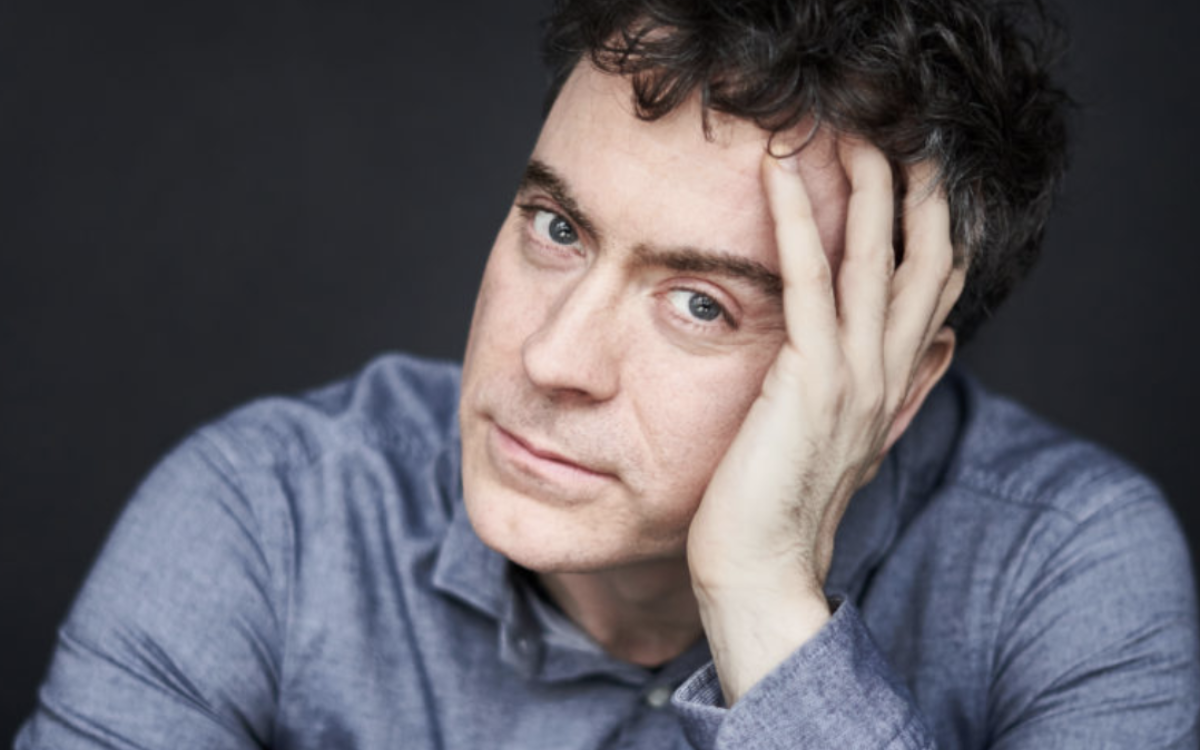Symphony No. 3
Composition and premiere: Farrenc wrote her G minor symphony in 1847. The premiere was given by the Orchestre de la Société des concerts du Conservatoire in 1849. This is the first Boston Symphony Orchestra performance of music by Farrenc and the first time her work has been performed at Tanglewood.
The recent popularity of Louise Farrenc’s Symphony No. 3 is indicative of the 21st-century revival of this French composer’s music. The current increase in programming this piece, however, belies the hurdles that were present in producing an orchestral work in 19th-century France, when the symphony was out of favor and the opera ruled supreme. When the barriers Farrenc surmounted as a female composer are added to this equation, the positive reception of the symphony during her lifetime holds even greater significance.
Farrenc (née Jeanne-Louise Dumont) was known primarily as a composer of piano works. She entered the Paris Conservatoire at age 15 to pursue piano performance, the more typical domain of female musicians at that time. Women were not yet allowed to study composition formally, but she was able to arrange for private lessons with composer and professor Anton Reicha, developing a style with German Romantic and Classical influences. She paused her studies at age 17 when she married flautist Aristide Farrenc and they embarked on a concert tour together. Eventually, they settled back in Paris, where her husband opened a successful publishing company, also helping to further her compositional career with the publication of many of her piano works, starting in 1825.
Farrenc returned to the Conservatoire to became a professor of piano, remaining there for thirty years and with her daughter Victorine among her prized pupils. Her professorship is recognized as historically significant for at least two reasons: she was the only woman to hold a permanent post of her rank during the entire 19th century, and she is an early example of a woman asking for, and receiving, equal pay to that of her male colleagues, which she did following the successful premiere of her Nonet in 1850. While Farrenc continued teaching until two years before her death at age 71, the latter part of her career changed course after the tragic death of her daughter due to illness in 1859. Farrenc turned away from composition and performance, and she and her husband focused on compiling a multi-volume musical anthology as part of their interest in historical keyboard revival initiatives.
Farrenc’s large-scale orchestral compositions were part of her later oeuvre, with two overtures written in 1834 and three symphonies written in the 1840s. They all remained unpublished during her lifetime but were performed multiple times across Europe. She wrote her Symphony No. 3 in G Minor in 1847, but it was not performed until two years later, by the Société des Concerts du Conservatoire; the delay was perhaps due to the reluctance in French musical circles to produce symphonic works. Over the course of the next few years, however, it was performed again in Paris as well as in Geneva and Brussels.
The intensity of the symphony is palpable from the start. After an oboe ushers in a slow introduction, tinged with dark melancholy, the ensemble delves into a swirling triple meter for a robust statement of the main theme in unison strings. The movement develops energetically, picking up the pace even more with a final burst of energy in the coda. In contrast, the second movement Adagio opens with a smooth, lyrical clarinet melody, supported by horns, bassoon, and timpani. This movement provides a simple and elegant interlude, building gradually but overall remaining serene and unruffled. The third movement Scherzo begins with quiet tiptoeing in the strings but has a forward momentum and excitement constantly bubbling below the surface, paused only during the central woodwind trio. The decisive unison strings that open the final movement signal a return to a darker, bold energy. The ensemble pursues the twists and turns of thematic development with a vigor worthy of this Romantic-inflected symphony, ending with three triumphant final chords.
Pamela Feo
Pamela Feo is a part-time Lecturer at Boston University specializing in fin-de-siècle French music, and an arts administrator with the North End Music & Performing Arts Center. She was the Tanglewood Publications Fellow in 2013.

